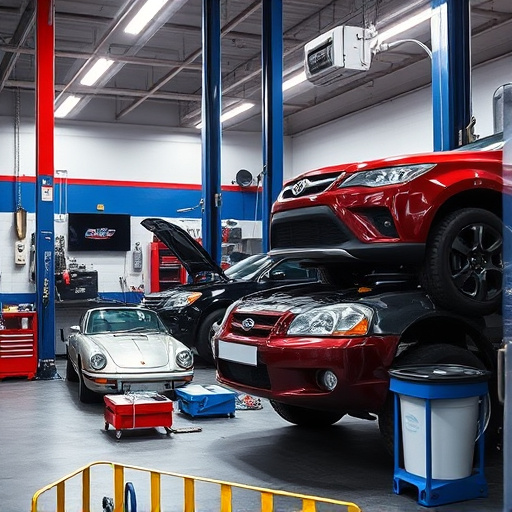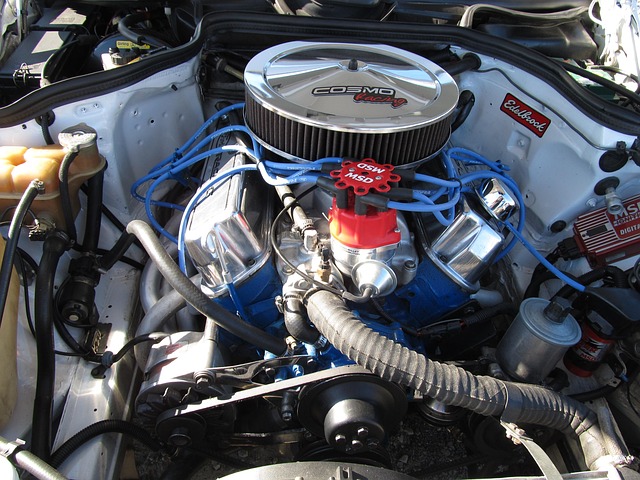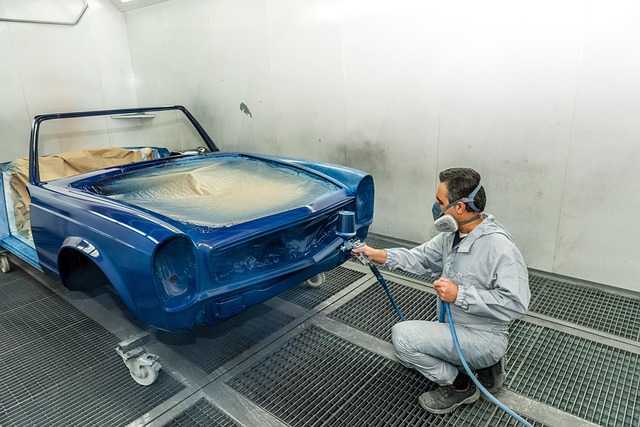In a competitive auto body shop industry, managing customer repair expectations through clear communication of turnaround times, pricing, and scope of work is crucial for success. Transparency builds trust, ensures customer satisfaction, and encourages repeat business by setting realistic expectations for both simple and complex repairs. Visual aids and real-time updates further enhance communication and foster a positive reputation.
In today’s competitive market, setting and managing customer repair expectations is crucial for maintaining satisfaction and loyalty. This article delves into the fundamental aspect of understanding customer expectations and explores strategies to set realistic repair timeframes. By implementing transparent communication techniques, businesses can ensure client trust and foster strong relationships. Learn how proactive management of these expectations can enhance operational efficiency and elevate your brand’s reputation.
- Understanding Customer Expectations: The Foundation
- Setting Realistic Repair Timeframes
- Communicating Transparency: Key Strategies
Understanding Customer Expectations: The Foundation

In the realm of customer service, especially within auto body shops offering services like car dent repair, understanding customer expectations forms the very foundation of a positive interaction. The modern consumer is well-informed and has come to expect swift and efficient solutions for their vehicle’s needs, be it a minor dent repair or more complex auto body work. Thus, setting realistic customer repair expectations early becomes paramount for any auto body shop’s success.
This involves clear communication about turnaround times, pricing, and the scope of work involved in repairing a car dent or other services offered. By providing transparent estimates and timelines, shops demonstrate their professionalism and build trust with clients. This is crucial, as it not only manages client expectations but also ensures they feel heard and valued from the outset, fostering a positive relationship that encourages repeat business.
Setting Realistic Repair Timeframes

Setting realistic repair timelines is a cornerstone of managing customer repair expectations. It’s crucial to communicate upfront that car scratch repair or vehicle body repair isn’t always an instant process, especially for more complex body shop services. Transparency about estimated turnaround times—whether it’s a quick fix or a more intricate job—builds trust and prevents disappointment later.
For instance, while a simple car scratch repair might be completed within a few hours, significant body work could take several days. Providing accurate information allows customers to plan their schedules accordingly, ensuring they’re satisfied with the service received.
Communicating Transparency: Key Strategies

Transparency is a cornerstone when setting realistic customer repair expectations. It involves openly and honestly communicating the scope of work, estimated timeframes, and potential costs involved in collision repair or frame straightening processes. Auto repair shops can implement several key strategies to achieve this. Firstly, providing clear and concise estimates that break down costs item-by-item helps customers understand where their money is going. Secondly, utilizing visual aids like before-and-after images of similar repairs can offer a tangible reference point for the work required.
Additionally, offering real-time updates during the repair process through regular communication channels keeps customers informed without causing unnecessary anxiety. Ensuring that all team members are trained in effective communication fosters consistency and builds trust. By adhering to these practices, auto repair services not only meet but exceed customer expectations, fostering a positive reputation in a competitive market.
By establishing clear and realistic customer repair expectations from the outset, businesses can foster trust and enhance customer satisfaction. This strategic approach involves understanding client needs, setting appropriate timeframe goals, and maintaining transparent communication. By adhering to these practices, companies can ensure a smooth and efficient repair process, leaving customers feeling valued and informed throughout their journey.














